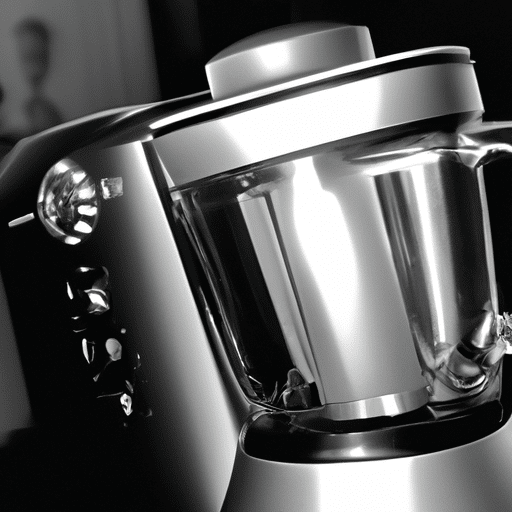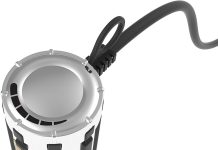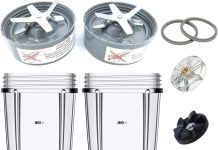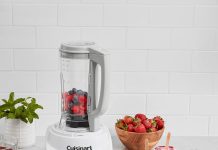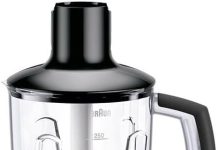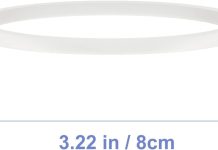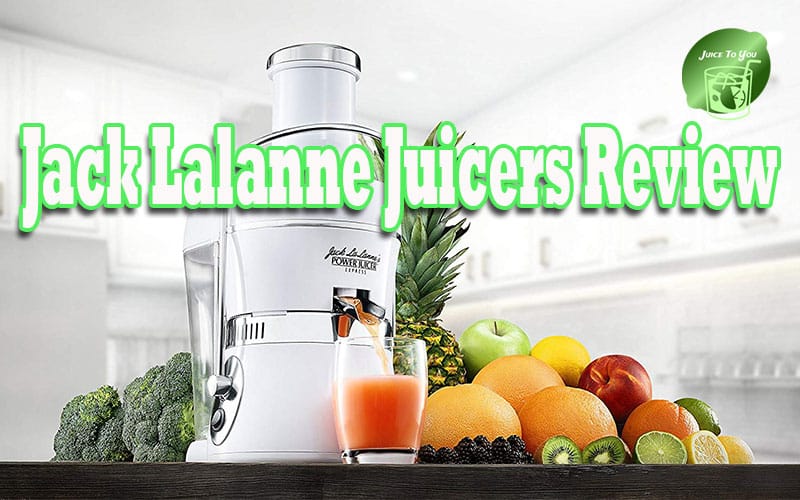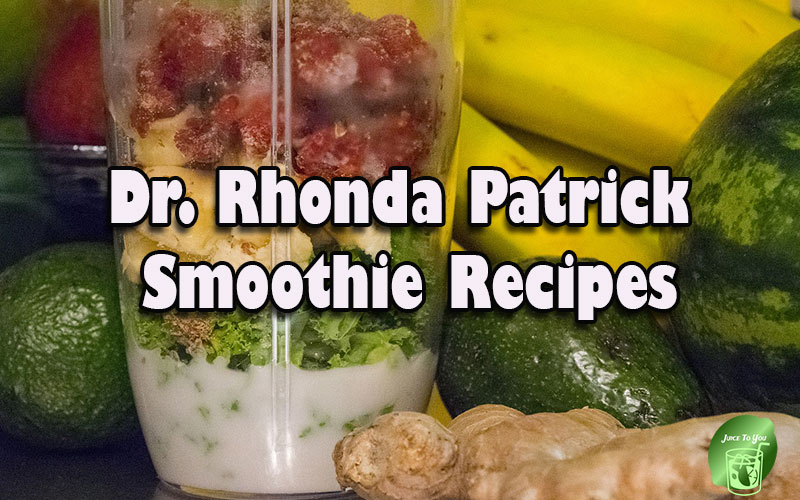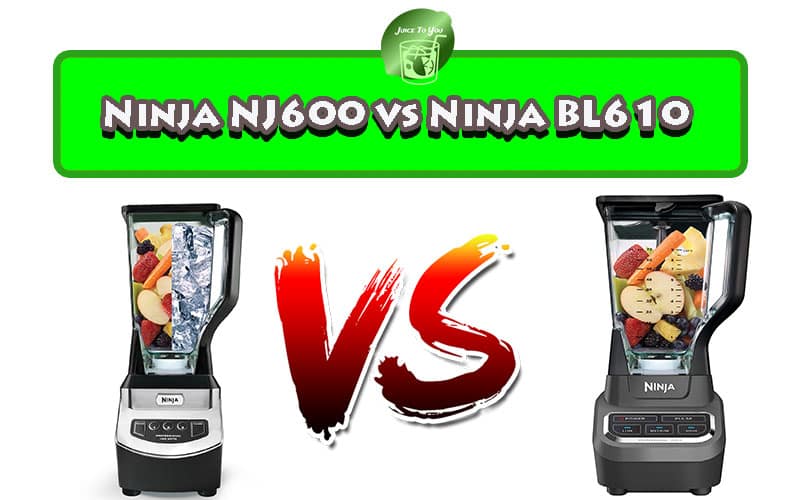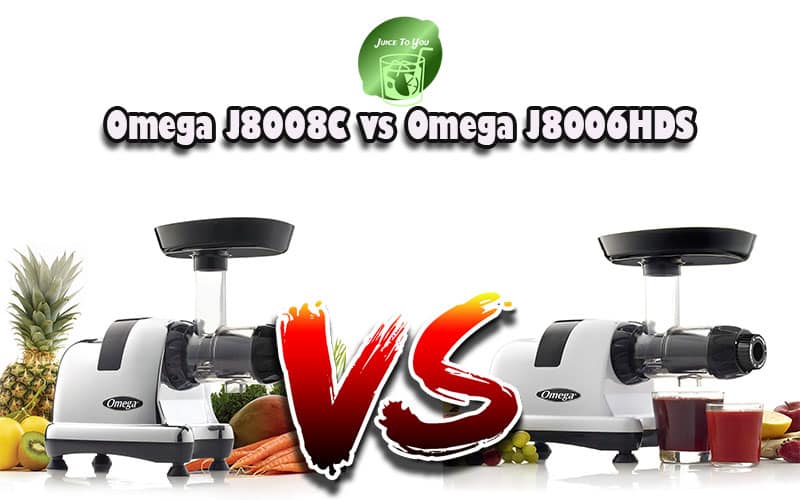Are you tired of your regular blender struggling to blend those stubborn ingredients? Have you ever wondered what sets a high-performance blender apart from its regular counterpart? Well, get ready to have all your questions answered as we explore the key differences between these two kitchen essentials. From power and speed to versatility and durability, we’ll delve into the world of blenders, highlighting the features that make a high-performance blender stand out from the crowd. Get ready to take your blending game to a whole new level!
Review contents
Power
Regular blender power
Regular blenders typically have a power range of 300 to 500 watts. This level of power is suitable for basic blending tasks such as making smoothies, pureeing soups, and crushing ice. Regular blender power is adequate for most everyday blending needs, but it may struggle with tougher ingredients, such as frozen fruits or dense vegetables.
High-performance blender power
High-performance blenders, on the other hand, are equipped with more powerful motors, ranging from 1000 to 2000 watts. This increased power enables them to handle more challenging tasks like grinding nuts, pulverizing fibrous greens, and crushing hard ice with ease. The higher wattage in high-performance blenders results in a more efficient and faster blending process.
Motor
Regular blender motor
The motors found in regular blenders are generally designed to handle typical blending tasks. Their motors are usually smaller, less durable, and often have a shorter lifespan. While they can get the job done for basic blending needs, they may struggle with prolonged use or heavier ingredients.
High-performance blender motor
High-performance blenders, on the other hand, boast stronger and more robust motors. These motors are specifically engineered to handle intense blending operations for extended periods without overheating or wearing out. With their durable motors, high-performance blenders are capable of tackling tougher ingredients and maintaining consistency even with frequent use.
Blade Design
Regular blender blade design
Regular blenders commonly feature a simple blade design with a standard shape and configuration. The blades are typically made of stainless steel and consist of two to four sharp edges. While sufficient for most blending tasks, the blade design of regular blenders may struggle to create a smooth texture or thoroughly process harder ingredients.
High-performance blender blade design
High-performance blenders often showcase more advanced blade designs. These blades are strategically designed to optimize the blending process for a variety of ingredients. They may feature multiple layers, varying angles, and different blade shapes to ensure consistent and thorough blending. The enhanced blade design of high-performance blenders contributes to achieving smoother textures and breaking down tough ingredients more effectively.
Blending Ability
Regular blender blending ability
Regular blenders are typically suitable for simple blending tasks. They can easily handle soft fruits, vegetables, and liquids, allowing you to create smoothies, soups, and sauces effortlessly. However, when faced with harder or more fibrous ingredients, regular blenders may struggle to achieve a completely smooth consistency.
High-performance blender blending ability
High-performance blenders excel in their blending ability due to their powerful motors and advanced blade designs. They can effortlessly process a wide range of ingredients, including frozen fruits, tough greens, nuts, and seeds. With their superior blending ability, high-performance blenders can consistently achieve smoother textures, silky smooth soups, and perfectly emulsified dressings.
Speed Options
Regular blender speed options
Regular blenders typically offer limited speed options, often including low, medium, and high settings. While sufficient for most basic blending tasks, these limited speed options may limit control and precision, especially when dealing with more delicate ingredients that require a gentle blending approach.
High-performance blender speed options
High-performance blenders usually incorporate a wide range of speed options, allowing for more precise control over the blending process. They often feature variable speeds, ranging from low to high, as well as preset programs specifically designed for different recipes. This increased range of speed options in high-performance blenders enables users to customize their blending experience to achieve optimal results for each specific ingredient or recipe.
Durability
Regular blender durability
In terms of durability, regular blenders typically have a shorter lifespan compared to high-performance blenders. Their motors and components are not designed to withstand heavy use or process tougher ingredients regularly. Regular blenders may experience wear and tear more quickly, which can lead to performance issues or the need for repairs or replacements.
High-performance blender durability
High-performance blenders are renowned for their exceptional durability. Made with robust materials and superior construction, these blenders are built to withstand frequent use and rigorous blending tasks. The high-quality components and sturdy build of high-performance blenders contribute to their longevity, making them a reliable investment that can last for many years.
Noise Level
Regular blender noise level
Regular blenders are known to generate a moderate level of noise during operation. While not excessively loud, they can still be noticeable and may cause inconvenience, especially if blending early in the morning or in noise-sensitive environments. The noise level of regular blenders can vary depending on the specific model and its motor power.
High-performance blender noise level
High-performance blenders, due to their more powerful motors and advanced blade designs, tend to produce higher noise levels compared to regular blenders. However, manufacturers have made significant advancements in noise reduction technology, resulting in quieter high-performance blenders. While they are still louder than regular blenders, the noise level has been considerably reduced, allowing for more comfortable blending experiences.
Features
Regular blender features
Regular blenders generally offer basic features such as pulse functions, simple control knobs, and standard pitcher sizes. Some models may include additional accessories like single-serve blending cups, but overall, the features of regular blenders are minimal and straightforward.
High-performance blender features
High-performance blenders come equipped with a variety of advanced features to enhance the blending experience. These features may include preset programs for specific recipes, touch-screen controls, variable speed settings, digital timers, and even Bluetooth connectivity for recipe synchronization. High-performance blenders offer more versatility and convenience, empowering users to experiment with different recipes and achieve consistent results every time.
Versatility
Regular blender versatility
Regular blenders have a moderate level of versatility, offering basic functions for blending, pureeing, and crushing ice. They are suitable for everyday tasks and can handle a variety of ingredients, but their limitations may become apparent when dealing with tougher or more complex recipes.
High-performance blender versatility
High-performance blenders are renowned for their exceptional versatility. With their powerful motors, advanced blade designs, and variable speed options, they can handle a wide range of ingredients and recipes. From smoothies and soups to nut butters and frozen desserts, high-performance blenders can handle it all. Their enhanced blending ability and advanced features make them a versatile kitchen companion for both everyday and gourmet culinary creations.
Price
Regular blender price
Regular blenders are generally more affordable compared to high-performance blenders. Their price range can vary depending on the specific brand, model, and features offered. While a regular blender may be a budget-friendly option for basic blending needs, it may not be the most suitable choice for those seeking more power, durability, and versatility.
High-performance blender price
High-performance blenders typically come with a higher price tag compared to regular blenders. The increase in price reflects the more powerful motors, advanced blade designs, additional features, and overall higher quality construction. While they may require a larger upfront investment, high-performance blenders offer long-term value, durability, and superior blending performance that can justify the higher price for those seeking ultimate blending capabilities.
In conclusion, the difference between a regular blender and a high-performance blender lies in various aspects, such as power, motor strength, blade design, blending ability, speed options, durability, noise level, features, versatility, and price. Regular blenders are suitable for basic blending needs, while high-performance blenders excel in handling more challenging ingredients and offer advanced features for a superior blending experience. Ultimately, the choice between a regular blender and a high-performance blender depends on individual preferences, culinary aspirations, and budget considerations.

